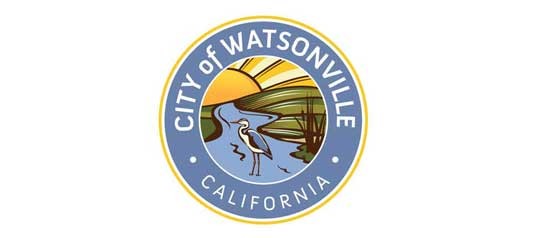By ERIK CHALHOUB
OF THE REGISTER-PAJARONIAN
WATSONVILLE — When the Watsonville City Council approved a Climate Action Plan in 2015, it set a goal to reduce greenhouse gas emissions to 1990 levels by 2020.
Only two months into 2019, the city has exceeded that goal, Assistant Public Works Director Michelle Templeton told the council Tuesday.
The Climate Action Plan sets goals to provide pedestrian and bicycle-friendly neighborhoods, increase transportation options, improve energy efficiency, reduce waste, increase recycling and protect open space. It also sets greenhouse gas reduction goals of 25 percent below 2005 levels by 2030, and 80 percent by 2050.
Templeton said the city is now two-thirds of the way to the 2030 goal, but stressed the need to remain vigilant and continue efforts to reduce emissions.
“This is not just a city effort, it’s a community effort,” she said.
Templeton outlined numerous projects the city has completed over the past three years to meet the goals of the plan, such as LED streetlights, turf replacements, traffic roundabouts and others.
Also during Tuesday’s meeting, the council declared a climate crisis, pledging to update its Climate Action Plan, which sunsets in 2020, while exploring policies and projects that impact the climate, such as alternative modes of transportation.
“It’s really important to the future of not just our grandkids, but our grandkids’ kids,” said Councilman Aurelio Gonzalez. “We need to have foresight and the courage to take those steps.”
•••
Administrative Services Director Cindy Czerwin gave the council a mid-year budget update Tuesday.
Strong sales and property taxes boosted the city’s general fund from $9 million in 2017 to $12.9 million in 2018.
“This is the highest level Watsonville has seen in a very long time,” Czerwin said.
But rising retirement costs and a large backlog of capital projects continue to be a concern. In addition, Czerwin said a July 2018 settlement of $2.9 million with the Watsonville Pilots Association to remove an advance payable from the airport fund to the general fund will put the city’s general fund at roughly 2017 levels by the end of the current fiscal year.
The mid-year budget report also came with a number of staffing modifications, such as hiring three utility workers to work on striping roadways and repairing potholes on city streets. Most of the funding for the traffic crew will come from gas taxes and Measure D revenue, according to City Manager Matt Huffaker.











